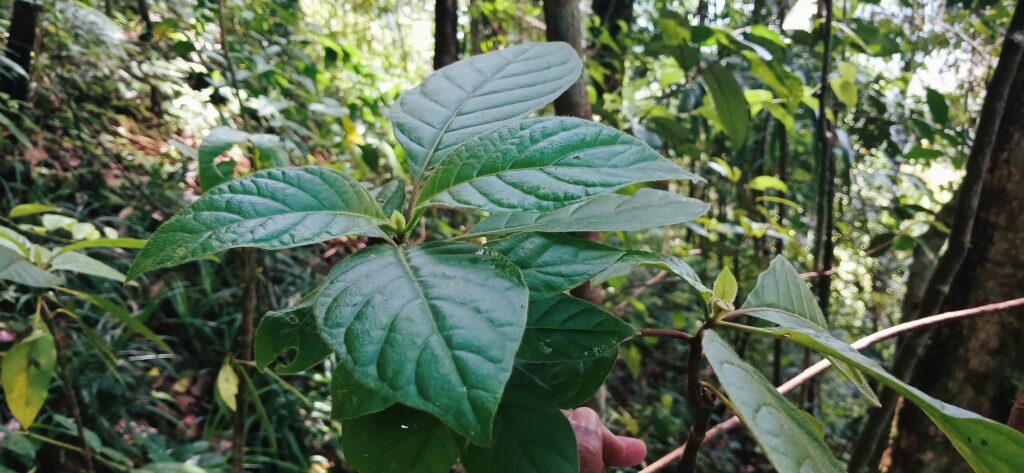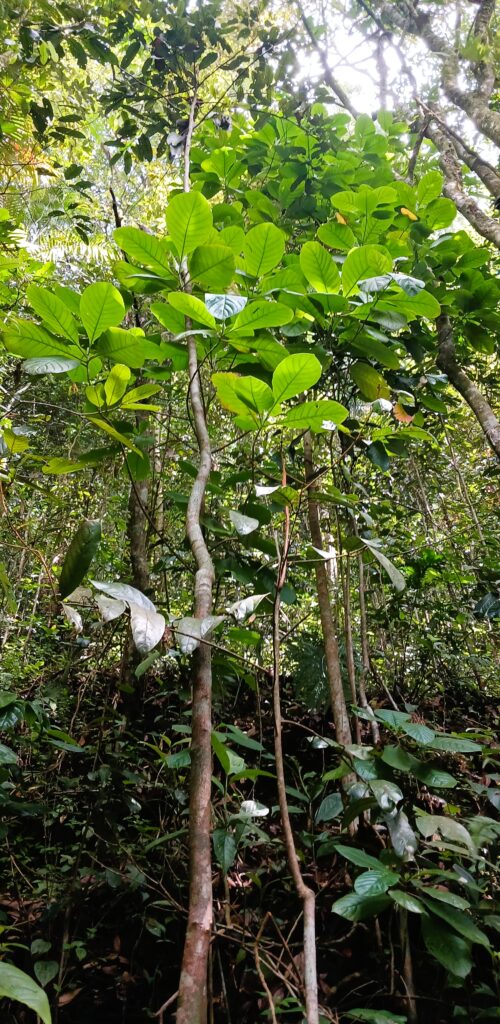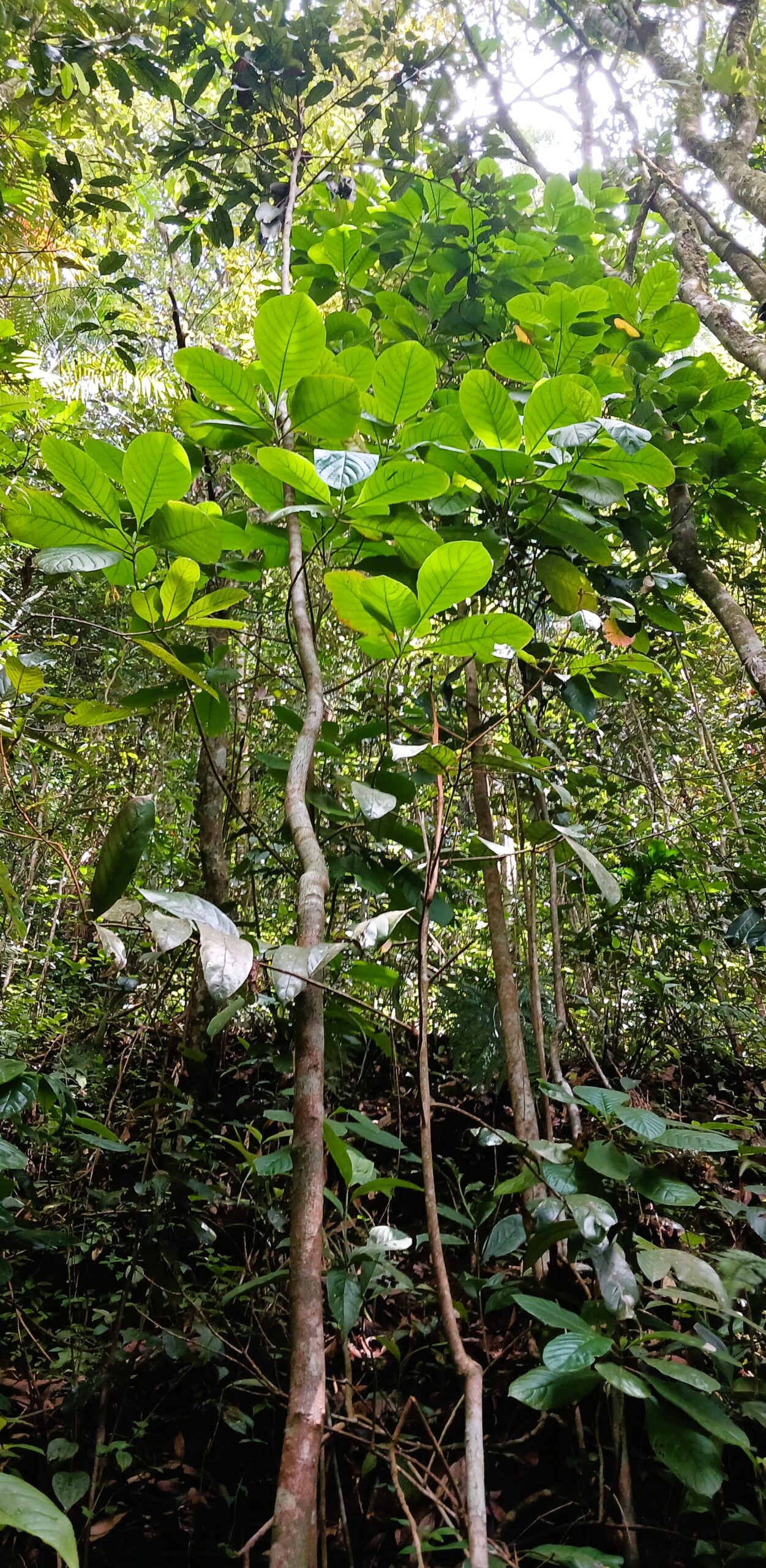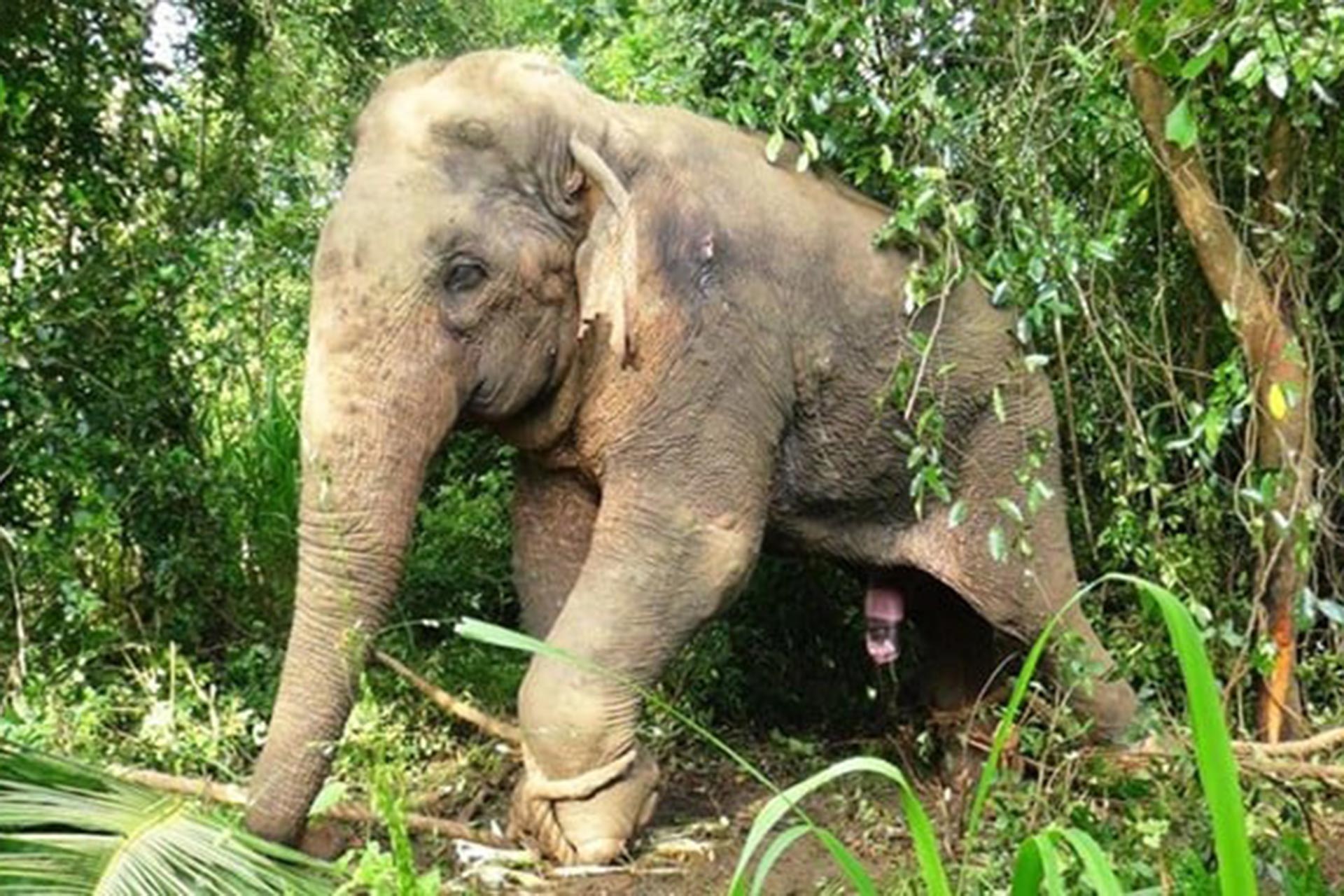By S. Rajapaksha
📸 Photos by Environmentalist Lakshman Kumar
In an extraordinary ecological rediscovery, the Cinchona tree once thought to be extinct in Sri Lanka has been found thriving again in the western slopes of the Ambagamuwa–Aliyagala mountain range, Nuwara Eliya District. Environmentalist Lakshman Kumar confirmed the presence of six mature Cinchona officinalis specimens at 742 meters above sea level, nearly 150 years after they were last reported.
Originally introduced by the British in 1861 to combat malaria through the extraction of quinine, Cinchona was cultivated in areas like Hakgala Botanical Garden. Though once widespread and profitable, cultivation diminished by the early 20th century due to reduced global demand and the rise of tea plantations.The rediscovery of Cinchona comes at a time when climate change is reshaping Sri Lanka’s ecosystems. Altered temperature and rainfall patterns are reviving microclimates in the central highlands, enabling the survival of long-forgotten species. This reflects a broader ecological pattern: climate shifts can both endanger and unexpectedly revive species, changing the dynamics of biodiversity conservation.
The Cinchona tree’s return is more than a botanical curiosity it is a reminder of how historical agricultural practices, colonial legacies, and climate resilience intersect. In a future shaped by climate uncertainty, such rediscoveries offer hope and caution, reminding us to protect both forgotten species and fragile ecosystems.











